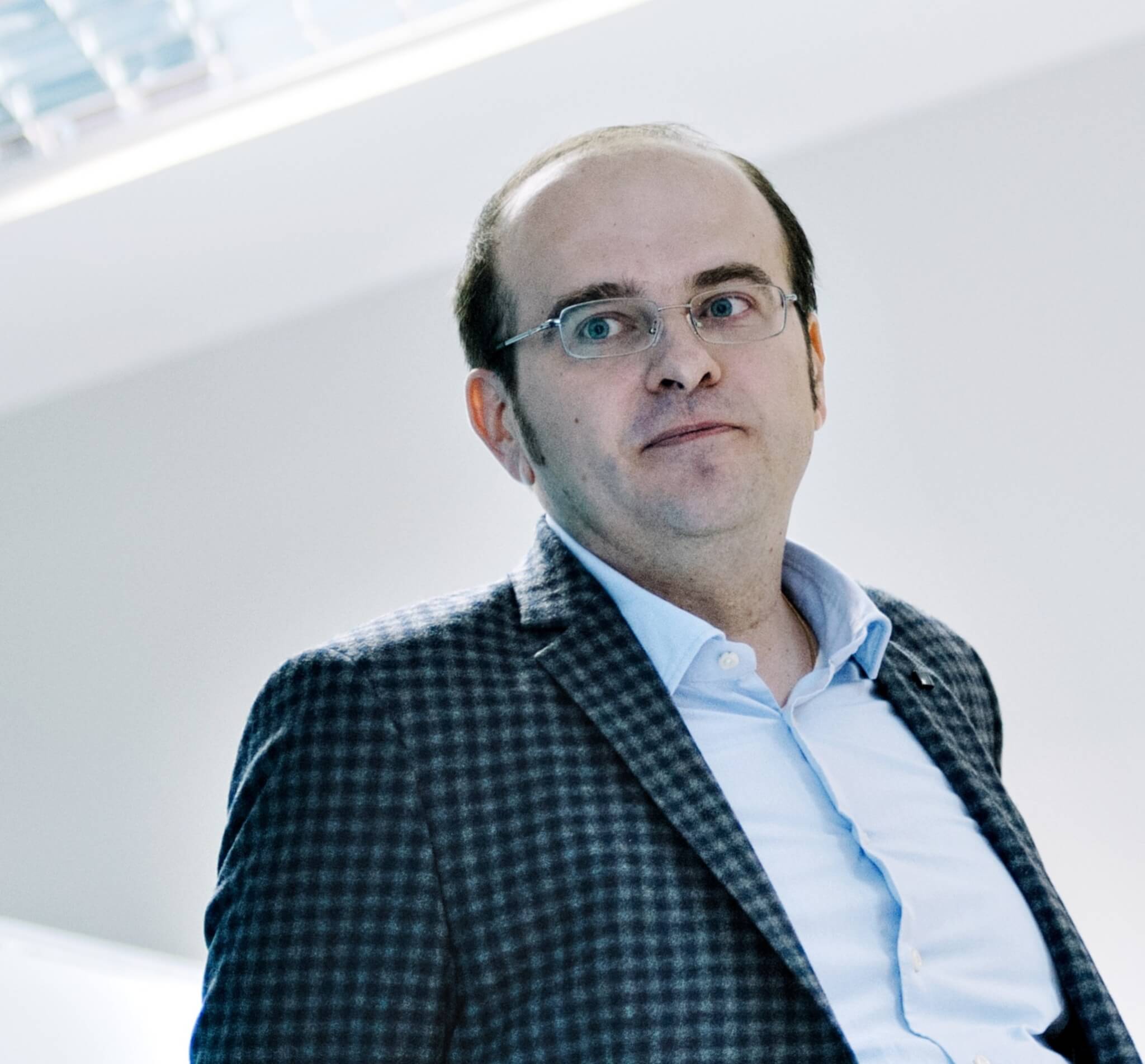- Kyiv School of Economics
- Private: Programs
- Macroeconomics III: Growth, development and other topics
Description
“Macroeconomics III” is a part of the English-language Master’s program in Economic Analysis.
In the first part of the Macro-III course we will study in-depth economic growth starting from growth stylized facts and growth accounting exercise which helps to identify sources of growth. Next, we will consider growth models that complement the Solow model such as the Ramsey model, overlapping generations (OLG) model and endogenous growth models. In the second part of the course we will review topics in macroeconomics including bank runs and deposit insurance, labor search models and intertemporal capital asset pricing model.
Will be interesting for:
- PhD students, advanced MA students, senior researchers, faculty of Economics
After course completion, you will able to:
- Solve dynamic macroeconomic models based on the neoclassical framework and interpret the results
Prerequisites:
System of national accounts, Solow growth model, IS-LM, AS-AD, Mundell-Fleming model, the Kuhn-Tucker theorem, calculus
Faculty:
Maksym Obrizan, Ph.D., University of Iowa, Associate professor at KSE
Language: English
Education format:
The course will be held from January 09 to March 03, 2022. The detailed schedule of classes will be announced later. The course will be conducted in an online format during the day (with a possibility to come to KSE)
Price: 10 000 UAH
Course outline:
1. Economic growth: overview of the basic facts; Neoclassical growth theory.
2. Extensions to the Solow model: government, human capital and environment.
3. The Diamond OLG model of growth. Dynamic inefficiency. The OLG model and the pension system.
4. Introduction to endogenous growth theory.
5. Bank runs, liquidity and deposit insurance in the Diamond-Dybvig model. Panic during the Great Recession and the supply of credit.
6. One-sided labor search model of McCall (1970). Search frictions and the aggregate labor market.
7. Intertemporal capital asset pricing model (Lucas tree model). Asset pricing during COVID epidemics.
Download the detailed course syllabus here

